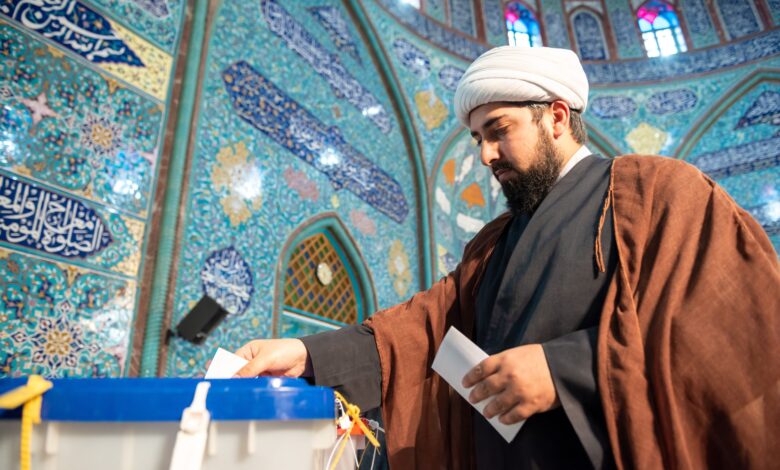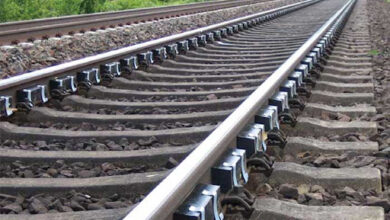
The elections, held on Friday, included the selection of members for Iran’s parliament and the Assembly of Experts, a key body responsible for overseeing and appointing the nation’s supreme leader.
A total of 15,200 candidates vied for the 290 seats in the Iranian parliament, while 144 clergy contested for the 88 seats in the Assembly of Experts.
Polling stations remained open until midnight local time, with voting hours extended multiple times throughout the day.
Out of Iran’s population of 85 million, more than 61 million were eligible to vote in these elections.
Initial results are expected to be announced by the Interior Ministry on Saturday.
Candidates underwent a rigorous approval process by the Expediency Council, a 12-member advisory body under Ayatollah Khamenei, to qualify for participation in the elections.
These elections mark the first since widespread protests erupted following the death of Mahsa Amini.
Reports indicate that many candidates advocating reforms were barred from participating, and notable political figures such as former President Hassan Rouhani were excluded from the Assembly of Experts elections.
The 41% turnout slightly decreased compared to the 42.57% recorded in the 2020 parliamentary elections, which already marked a historic low in the Islamic Republic’s turnout.
The elections occurred amidst calls from Iranian authorities for active participation and opposition calls for boycotts.
Supreme Leader Ayatollah Ali Khamenei urged citizens to vote, emphasizing the significance of the elections for the nation’s future.
“Observers from around the world are watching our nation’s affairs; let us please Iran’s friends and disappoint its enemies,” Khamenei stated.
Analysts anticipate that conservatives and ultra-conservatives, who secured a majority in the 2020 parliament by disqualifying reformist and moderate candidates, will continue to dominate.
The new Iranian parliament is expected to convene its first session in early May.



